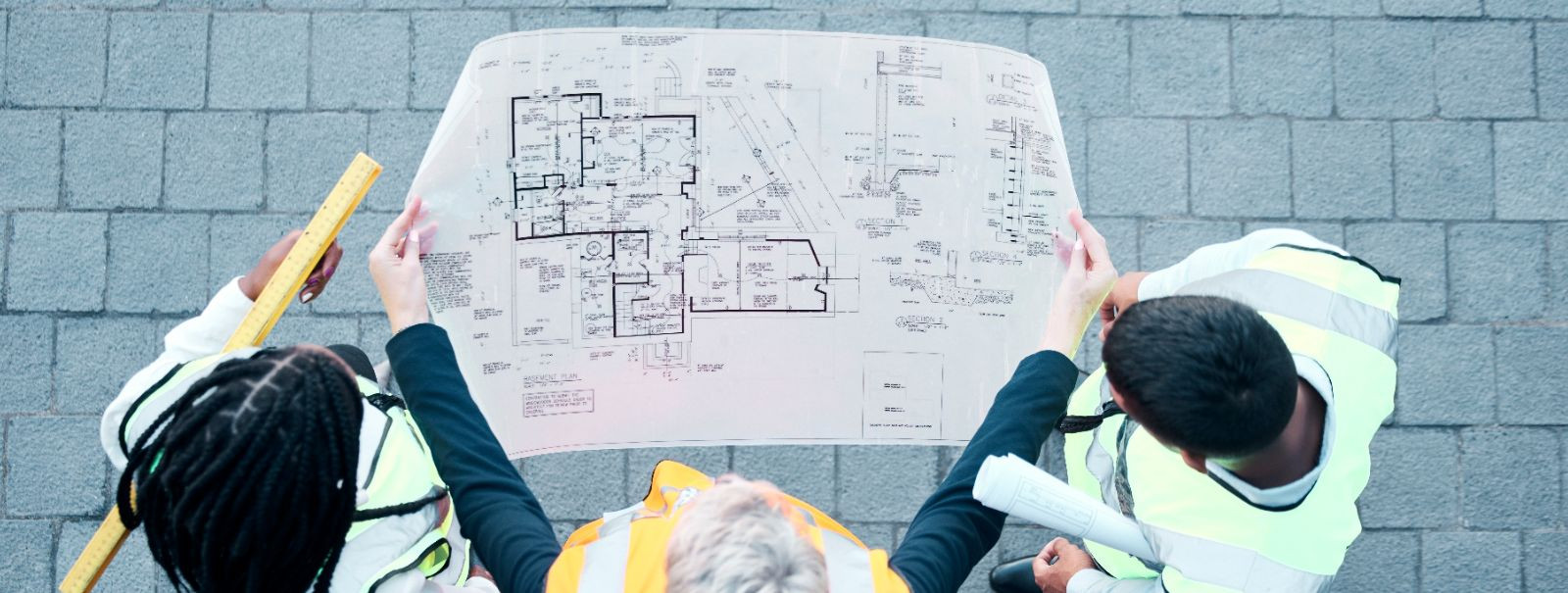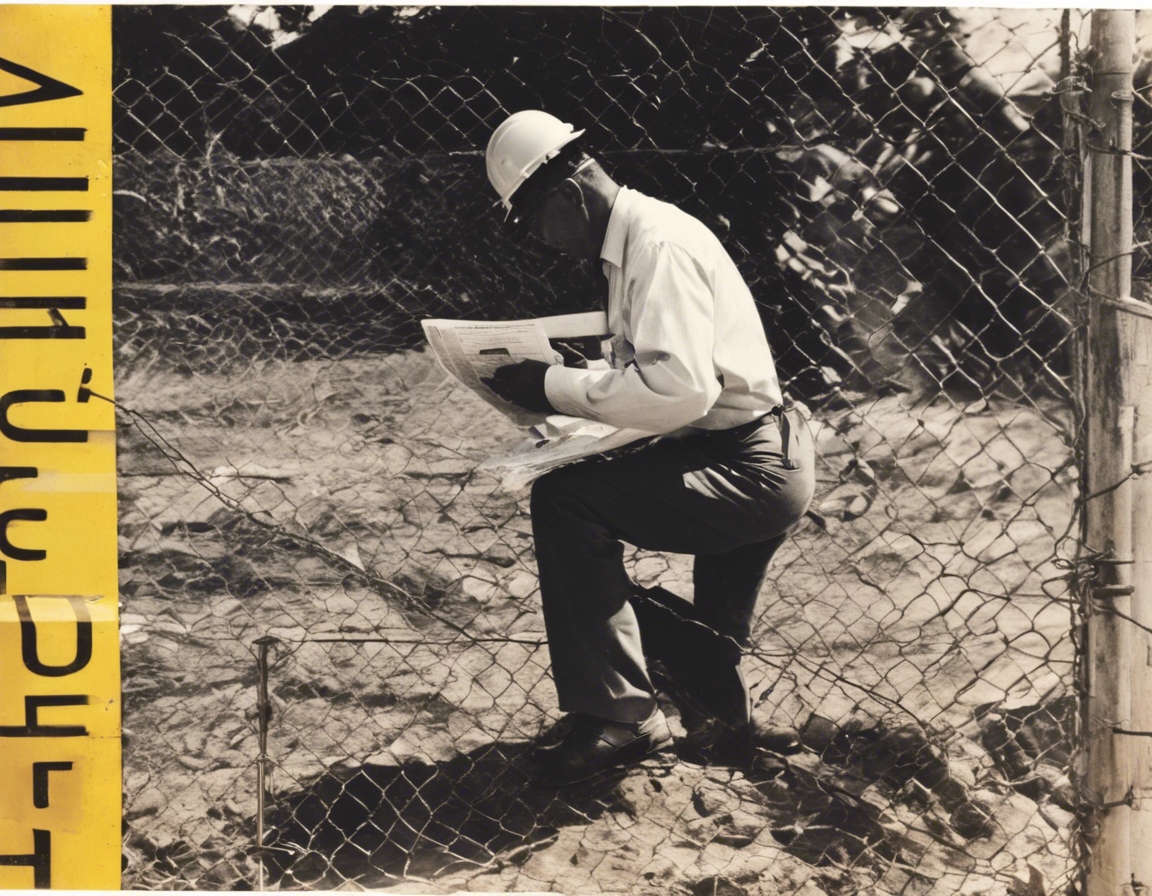5 key steps to acquiring your building permit
Building permits are a critical component of the construction process, serving as an official approval to proceed with construction, alteration, or demolition of a structure. They ensure that projects adhere to local building codes, zoning laws, and safety standards, protecting the public and preserving the integrity of the built environment.
Acquiring a building permit is not merely a bureaucratic step; it is a legal requirement that facilitates the safe and lawful completion of construction projects. Permits are a safeguard for property owners, ensuring that their project complies with structural, fire, and health regulations, which can prevent costly mistakes and legal complications.
Step 1: Research and Understand Local Building Codes and Regulations
Every region has specific building codes that must be followed. It is essential to research and understand these codes, which can vary significantly from one municipality to another. This step often involves consulting with local building authorities or hiring experts familiar with the nuances of regional regulations.
Zoning laws dictate how a property can be used and what structures can be built. Understanding these restrictions is crucial to ensure that your project is viable before investing time and resources into developing detailed plans.
Step 2: Prepare Your Building Plans
Developing building plans that comply with local codes and regulations typically requires the expertise of architects, engineers, and other design professionals. These experts can translate your vision into detailed plans that meet all legal requirements.
Your building plans must be comprehensive, including site plans, floor plans, elevations, and detailed construction specifications. These documents serve as the blueprint for your project and form the basis of your permit application.
Step 3: Submit Your Permit Application
Submitting a building permit application involves compiling a range of documents, including your detailed building plans, property deeds, and sometimes even proof of property taxes paid. Each jurisdiction may have its own specific requirements, so it is important to gather all necessary information before submission.
The submission process can be complex, often requiring multiple copies of plans and documents, as well as the payment of fees. Understanding the submission guidelines of your local building department can streamline the process and avoid delays.
Step 4: Address Review Feedback and Revise Plans
Once submitted, your application will be reviewed by the building department. Feedback, often in the form of required changes or additional information, must be addressed promptly to keep the process moving forward.
Revisions to your building plans may be necessary to comply with the feedback received. This step may involve re-engaging with your design professionals to ensure that the changes meet both the building department's requirements and your project's goals.
Step 5: Obtain the Permit and Understand Compliance During Construction
After addressing all feedback and making the necessary revisions, the final step is to obtain the official building permit. This document authorizes you to begin construction and is often required to be displayed prominently on the construction site.
Even after obtaining the permit, it is essential to ensure that construction activities remain in compliance with the approved plans and building codes. Regular inspections may be conducted by the building department to verify compliance throughout the construction phase.






Comments (0)